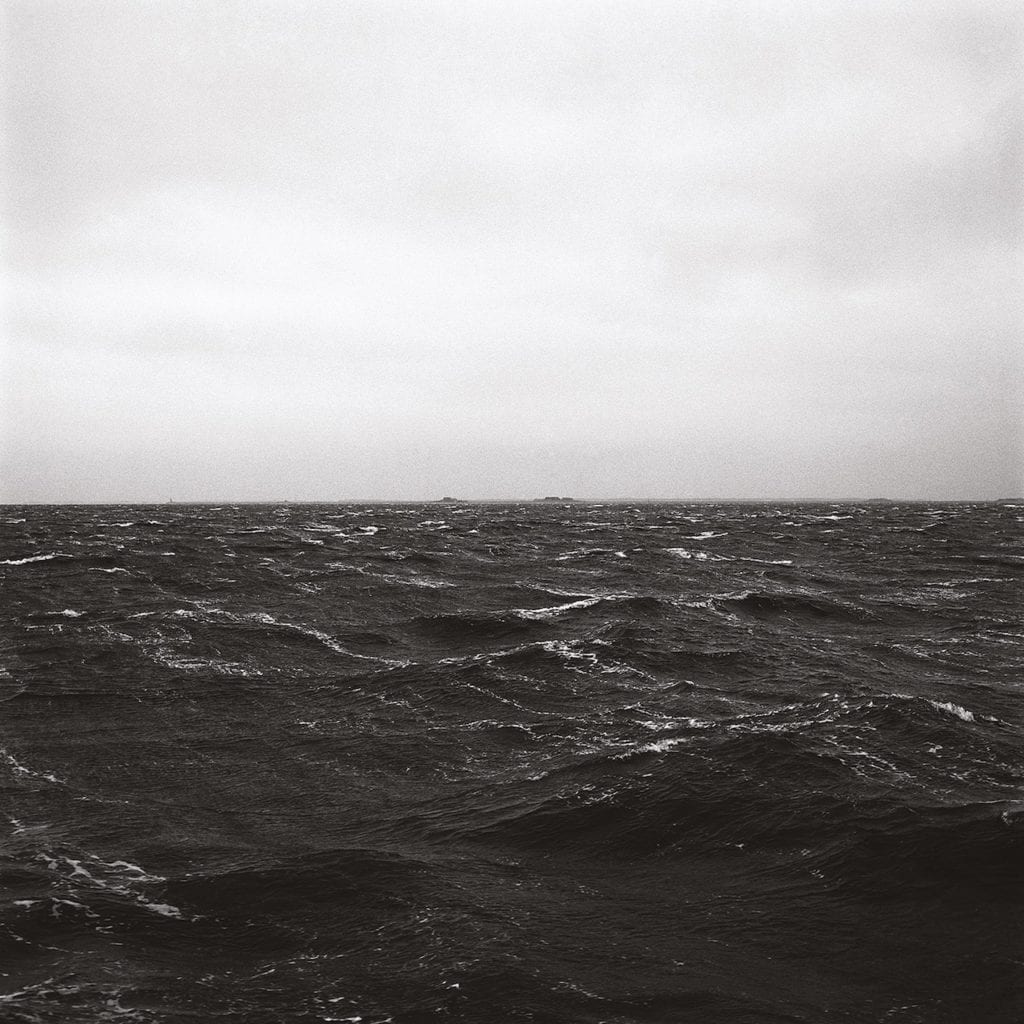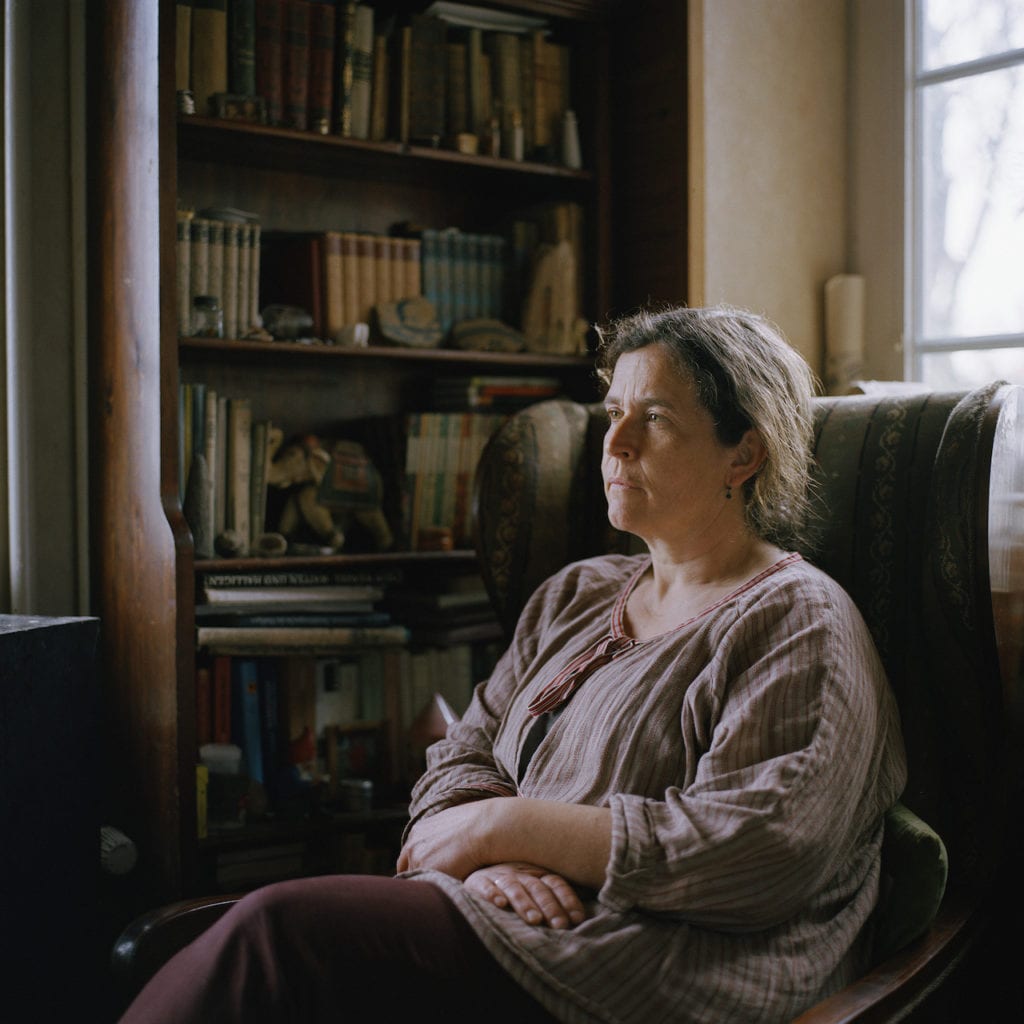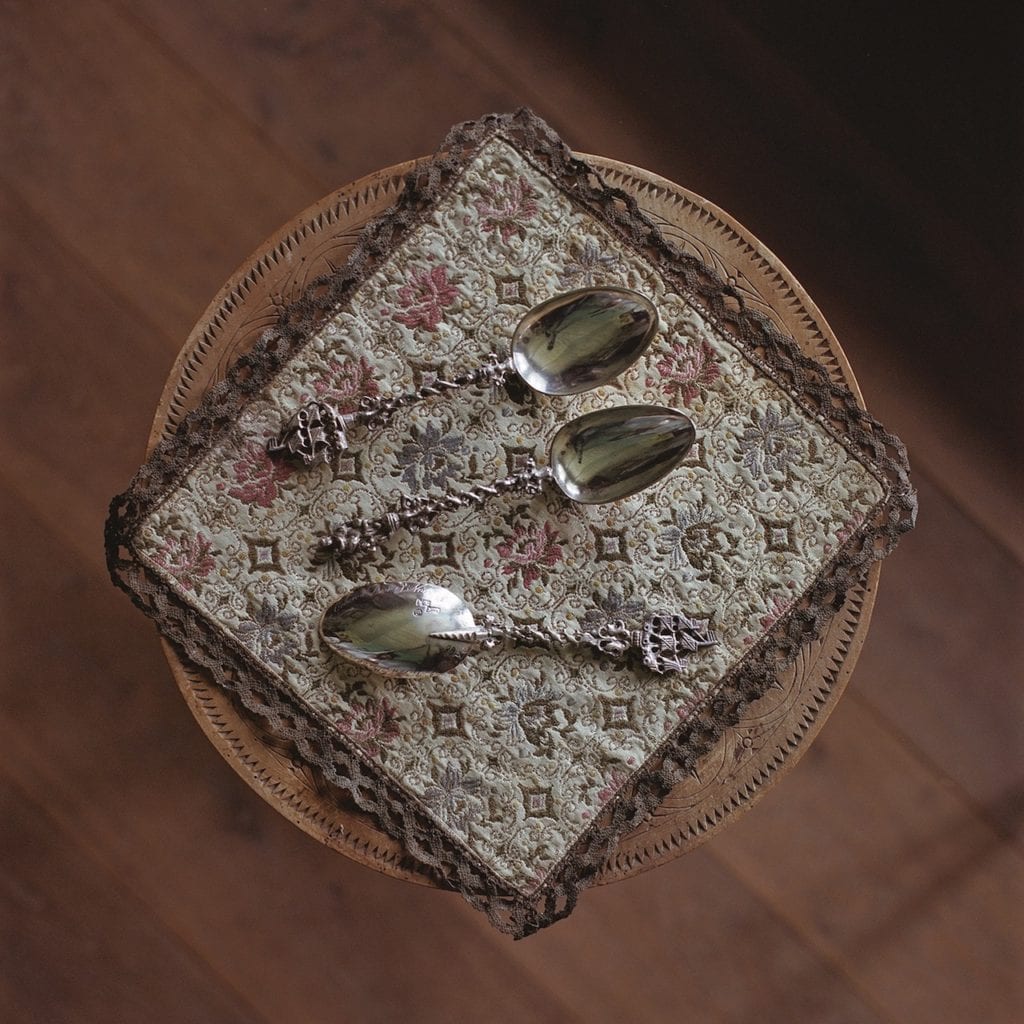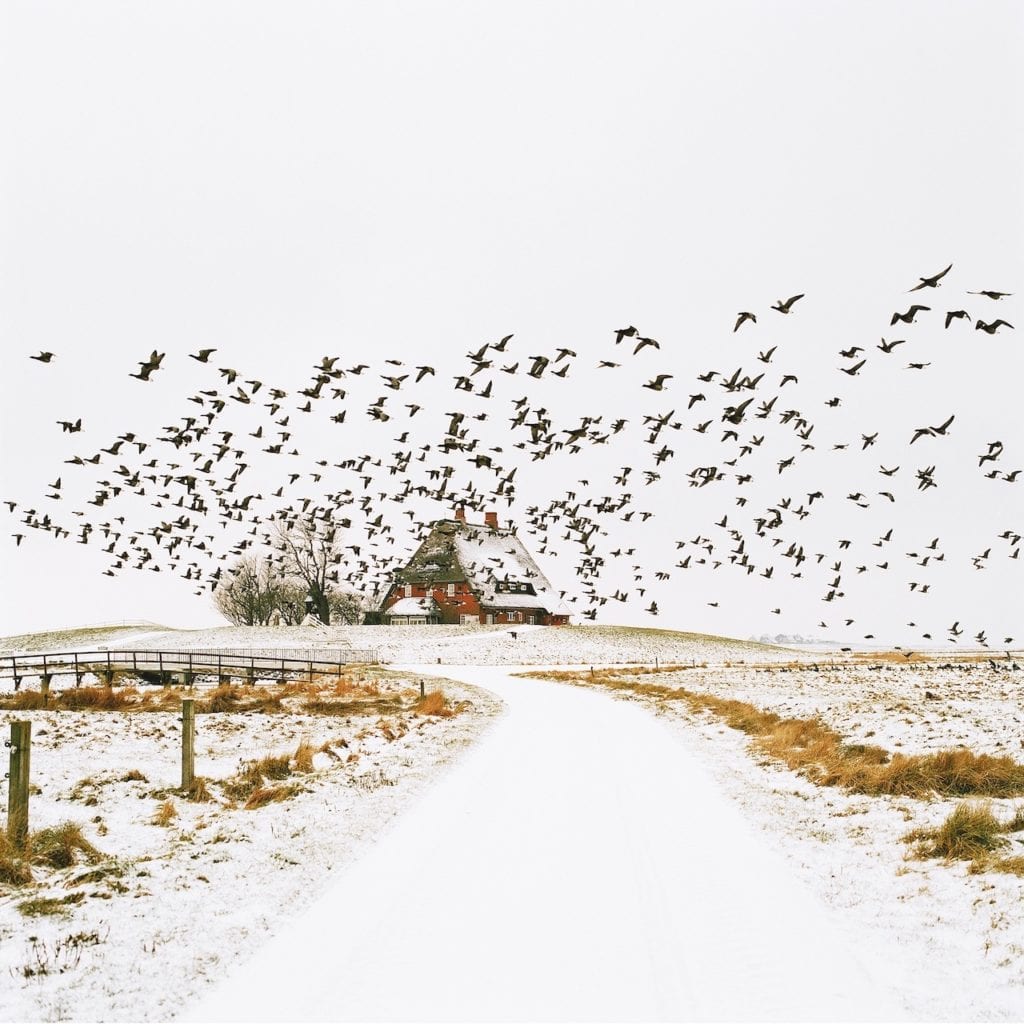“I always liked the topic of solitude,” says Berlin-based photographer Antony Sojka. “As it happened, I found something that was basically connecting all the things that I was looking for: solitude and people that are not conventional, who are very connected to nature.”
Sojka has spent the last seven years documenting a remote community living on tiny islands called the Halligen in the North Sea off the German coast. The series, Tide, is made up of painterly portraits, quiet landscapes, and a close attention to the textures of nature that Sojka found himself surrounded by: mists and long grasses which swell in repeating patterns, like the tides that govern the island, and that named his project.

The work, he recalls, required huge reserves of patience, as he was initially met with resistance from the islanders, who wanted nothing to do with him. They had previously had negative experiences, and likened him to the journalists who came to make twee, romanticised documentaries about the place.
Sojka realised that he needed to change tack, and approached the project cautiously, spending his first visits photographing slowly and carefully on large format, making long exposures of the tides coming in and out, rain beating down on his equipment and tripod. “I realised that if I wanted to be able to photograph the people, which was my main intention, I needed to make them more interested in myself,” Sojka explains. What better way of attracting attention than braving the cold and rain with an enormous 4×5?
Eventually, on one such day – six months after Sojka had initiated the project, and on his third trip to the islands – a farmer approached him. He invited him in from the cold for a cup of tea, listening as the photographer explained his project. This came to be the turning point for the work: Sojka had gained a level of trust, and found himself introduced to more and more of the community from that point on.


After these initial stages of making connections, Sojka shifted to a medium format camera, but he credits the material process of his work for lending him an air of seriousness. “Shooting on film gets you a different type of picture. Your subjects feel that you’re treating them with respect, doing something that takes effort and work,” he says.
The Halligen islands are in a state of constant change, with ill-protected coasts, buffeted by floods that shift the places and their topography. “Even today people say these places are going to disappear, because there are so many floods destroying the land, taking it away bit by bit,” Sojka explains. Tourism, too, has changed life on the islands; houses that used to be passed on through generations are now rented out instead, pushing some residents to live on the mainland. The present day seems like a turning point, and Sojka is invested in recording it for posterity.

In 1927, another German photographer, Albert Renger-Patzsch, made the only other known photographic work about the Halligen, and Sojka considers him an important influence. He has returned to places that Renger-Patzsch photographed, tracked down the relatives of his subjects, and even the household objects that his predecessor photographed so many years before. He would like to publish a book of the work in 2027, with the eyes of an entire century between them, and the islands looking uncannily similar, but different too; changing, moving, in colour now.
This article was originally published in issue #7883 of British Journal of Photography magazine. Visit the BJP Shop to purchase the magazine here.
